Eat the Peels of These 10 Fruit and Vegetables
In all probability, the first thing you do
when eating an orange is tear off the peel and chuck it straight in the
trash. Well, guess what? By doing this, you’re missing out on a load of
nutrients. For example, an orange peel has nearly twice the amount of
vitamins as the flesh inside, and though it might sound a bit gross at
first, there are plenty of ways you can incorporate orange peels into
your diet.
The same can be said for a lot of fruits
and vegetables. Below are 10 foods with nutritious peels that you should
be eating, alongside some suggestions on how you can add them to your
diet.
Apples
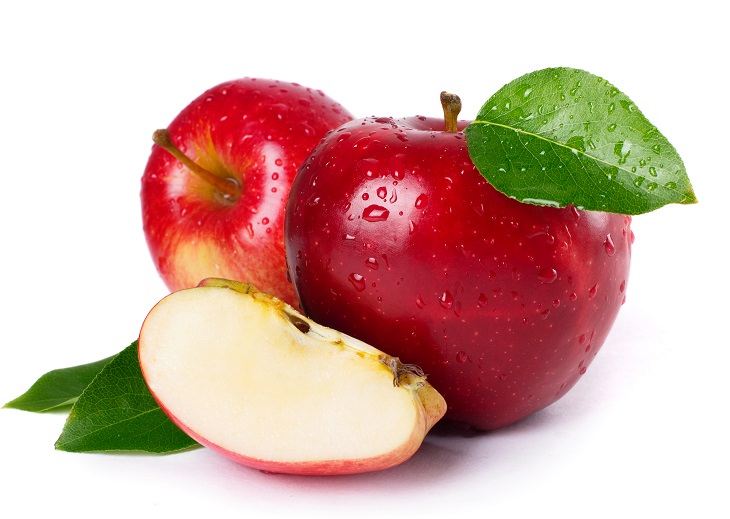

An apple’s skin contains around half of the
apple’s overall dietary fiber content. A medium-sized apple delivers 9
milligrams of vitamin C, 100 IUs of vitamin A, and 200 grams of
potassium. By taking off the peel, you lose a third of those nutrients.
To add to this, the peel has 4 times more vitamin K than its flesh,
about 5% of your daily value. Vitamin K helps to form blood clots when
you have a bad cut, and also helps to activate the proteins your body
needs for cell growth and healthy bone maintenance.
An apple’s skin also contains the antioxidant quercetin, which can help
lung function, ease breathing problems, and protect your lungs from
irritants. Furthermore, it’s also believed to be able to fight off brain
tissue damage and protect your memory.
Potatoes
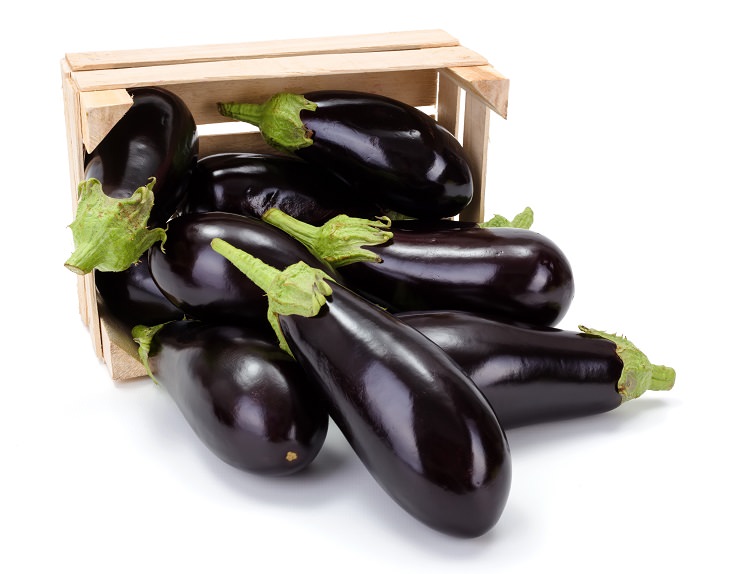
A potato’s skin packs more iron, magnesium,
calcium, potassium, vitamin B6, and vitamin C than the rest of the
potato. For example, 100 grams of potato peel packs seven times more
calcium and 17 times more iron than the same amount of potato flesh.
Throw away the skin, and you’ll lose up to 90% of a potato’s iron
content and half of its fiber.
Oranges
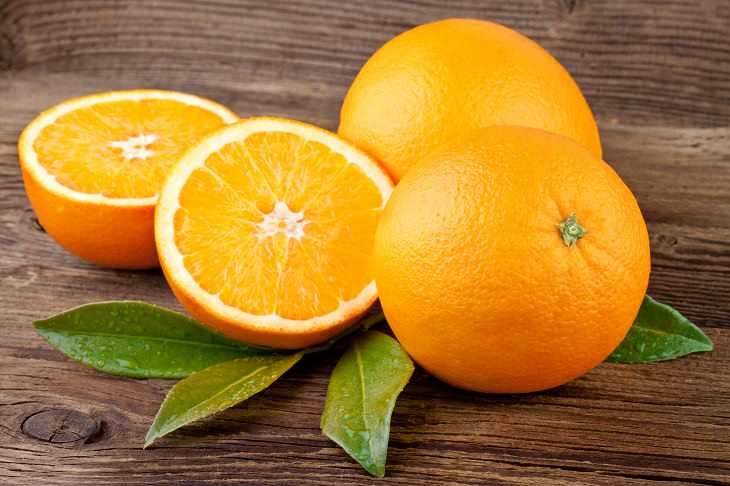

The peel of an orange packs twice as much
vitamin C than the fruit inside. It also has higher concentrations of
vitamin B6, magnesium, calcium, potassium, and riboflavin. The peel’s
flavonoids have anti-cancer and anti-inflammatory properties.
As nutritious as orange peels are, you’re probably not going to want to
start eating oranges whole as the peel is bitter and hard to digest.
Instead, grate the peel( not the white part, as that will be bitter) and sprinkle it on to of a salad or in a
vinaigrette dressing.
Cucumbers
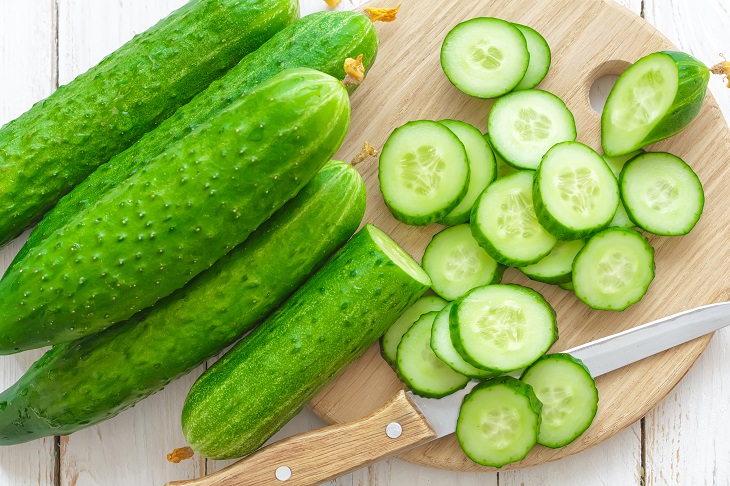

The skin contains most of the cucumber’s
antioxidants, insoluble fiber and potassium. It also contains most of
the vitamin K. The next time you have a salad, make it a point not to
peel your cucumbers.
Kiwis
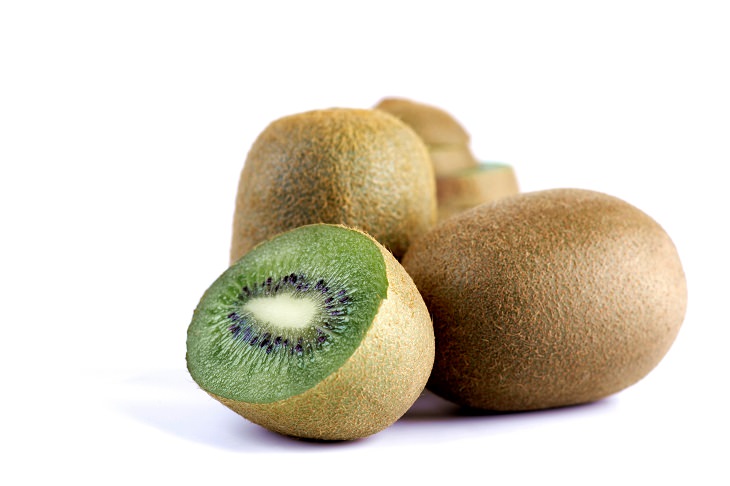

You’ve probably been spooning out the green
flesh from inside your kiwis for years, but this fruit’s fuzzy exterior
is also edible. In fact, the skin contains more flavonoids, vitamin C,
and antioxidants than the fruit – and double the fiber. So, ditch the
spoon, wash the kiwi, and eat it like a peach.
Eggplant

An eggplant’s purple color comes from a
powerful antioxidant known as nasunin, which helps to protect against
cancer, especially in the brain and other parts of the nervous system.
It’s also believed to have anti-aging properties.
Eggplant skin is also rich in chlorogenic acid, a phytochemical that
boasts antioxidant and anti-inflammatory properties, and promotes
glucose tolerance.
Mango
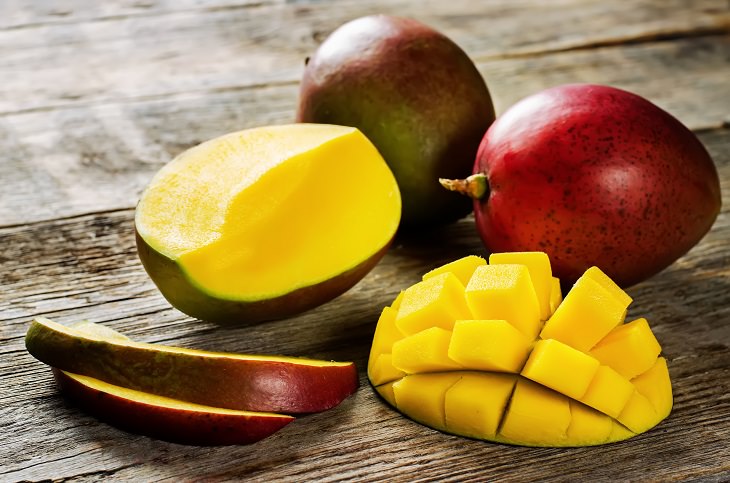

Researchers have found that mango skin
contains properties that are similar to Resveratrol, which helps to burn
fat and inhibits the production of mature fat cells. Mango flesh was
also tested, but this did not produce the same results, which suggests
that you need to eat the skin in order to get this beneficial property.
Mango peel also contains larger quantities of polyphenols, omega-3, and
polyunsaturated fatty acids than its flesh. Mango skin also contains
compounds that fight off cancer, diabetes, and heart disease.
Mango skin can be eaten raw, or cooked along with the insides. Another
way to eat both the flesh and the skin is to pickle the entire mango.
While making mango pickles, I use with the skin. Some people do eat the ripe mango with the skin !
Carrots
Since the skin of a carrot is the same
color as what’s beneath it, the peel and its flesh have similar
nutritional value. However, the highest concentration of phytonutrients
is found in a carrot’s skin or immediately underneath. Just wash the
carrot rather than peeling it.
Onions
Like apple and mango skin, an onion’s skin
contains quercetin. Although the skin is not directly edible, you can
draw out some of its nutrients by adding it to a stock.
Banana
Banana peel contains a lot more fiber than
banana flesh, and is just as rich in potassium. The peel also contains
lutein, a powerful antioxidant that plays a key role in maintaining
healthy eye function. The amino acid, known as tryptophan, is also more
concentrated in the peel than in the flesh. This amino acid helps to
ease depression by increasing the body’s levels of serotonin, a
neurotransmitter in the brain that affects mood.
Although the peel has a bitter taste and a tough, ropey consistency, an
overripe banana becomes thinner, sweeter, and easier to chew. You can
also put the peel through a juicer with the rest of the banana. Or, you
can boil the peel for several minutes to make it softer, or throw it in
the frying pan.
I do make with the raw banana skin, a vegetable adding finely chopped onion and spices, chopping the skin fine. Even our granddaughter loves it.
I do make with the raw banana skin, a vegetable adding finely chopped onion and spices, chopping the skin fine. Even our granddaughter loves it.